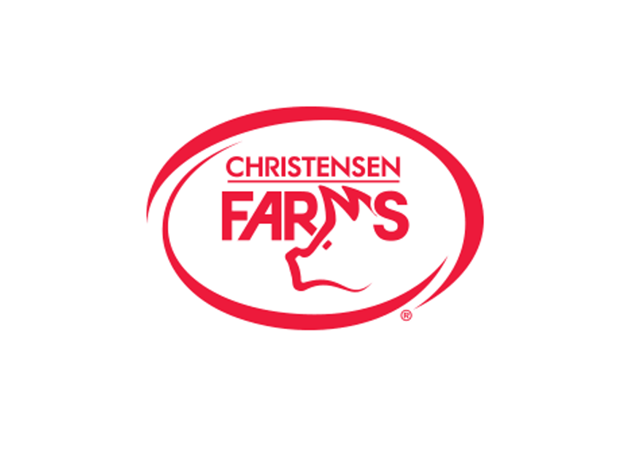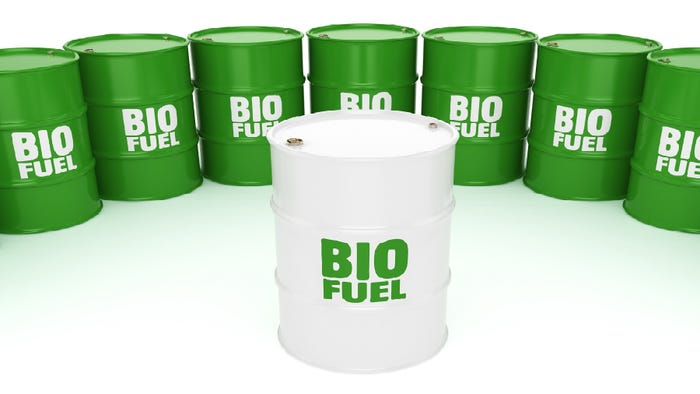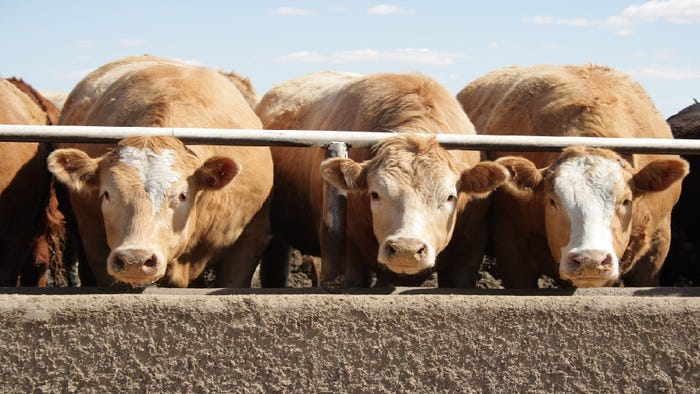Farm Progress America, April 24, 2024
Farming Business Management
Farm Progress America, April 24, 2024Farm Progress America, April 24, 2024
Mike Pearson takes a look at Southern Ag Today-- a coalition of 13 universities centered on research their report on the 2023 sugar crop.
Subscribe to Our Newsletters
National Hog Farmer is the source for hog production, management and market news
















.jpg?width=300&auto=webp&quality=80&disable=upscale)




















